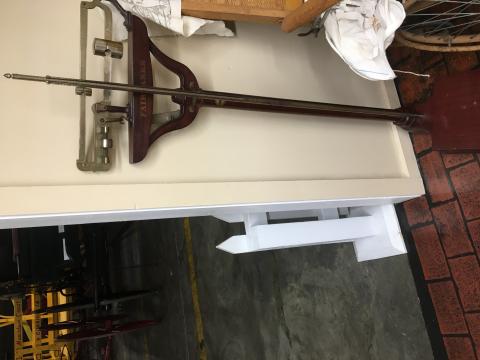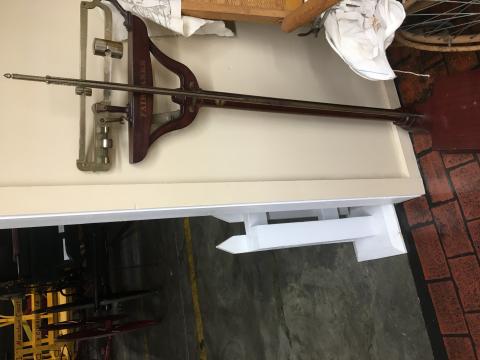Country doctors treated illnesses such as tuberculosis, diphtheria, pneumonia, measles and scarlet fever. House calls were the rule because there were no hospitals in the county. Visits were made using horse and buggy. For some illnesses like rheumatic fever, the only known remedy was months of bed rest. In the case of mumps, measles, chickenpox - health officials would visit and place a cardboard poster on the front door or window to warn visitors of quarantine. There were also an abundance of home remedies: put cow manure on your foot if you stepped on a nail; soak bread in milk and tie it on for a cut; Rub the chest with goose lard and put a piece of hot flannel over it for a cold; use turpentine for bruises and to relieve arthritis; a little whisky and a teaspoon of sugar in a cup of hot water for a sore throat. Content can be used with the following standards: SS-Econ. 9-12.24 Iowa Impact Upon Society in a lesson on early health services. For any use other than instructional resources, please check with the organization that owns this item regarding copyright restrictions.
2018.054.021 [Scale]
Legal Status
Ownership of this resource is held by the Heartland Museum Foundation and has been provided here for educational purposes only, specifically for use in the Iowa Museum Association's "Teaching Iowa History" project. It may not be downloaded, reproduced or distributed in any format without written permission from the Rights Holder. For information on U.S. and International copyright laws, consult an attorney.


